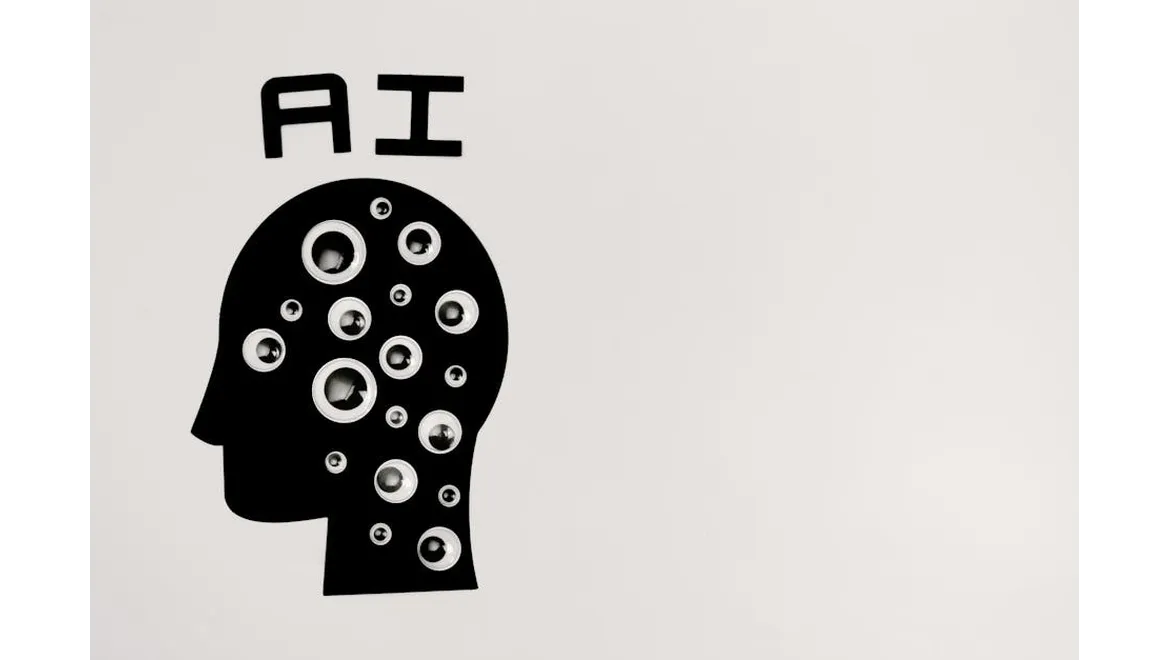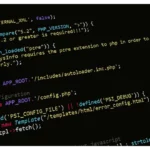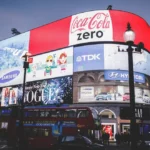The other day, I sat down with a friend of mine, Jess, over a steaming mug of coffee, to chat about something that’s been revolutionising the way we approach social media marketing: AI-driven personalised posting schedules. Jess is a savvy digital marketer who swears by the power of AI, and I was eager to pick her brain about how she uses it to tailor posting times for different audience segments.
“Alright, Jess,” I started, “spill the beans. How exactly does AI help with timing posts for different audience segments?”
Jess leaned forward, a gleam of excitement in her eyes. “It’s all about data analysis and pattern recognition,” she began. “AI tools can sift through tons of user data to identify when specific audience segments are most active online. It’s like having a crystal ball that tells you the best times to post.”
She explained that AI algorithms analyse historical engagement data, looking at metrics such as likes, shares, comments, and even the time of day people tend to interact with content. By identifying these patterns, AI can predict when a particular segment will be most receptive to content.
“Think of it like this,” Jess continued. “If you have a segment that’s primarily students, AI might find that they engage more in the evenings after classes. For professionals, it might be during lunch breaks or early evenings. The AI creates a posting schedule that targets these peak times.”
Intrigued, I asked Jess how one would go about implementing such a system. She broke it down into a few straightforward steps.
Step 1: Know Your Audience
“The first step,” Jess said, “is understanding your audience segments. You need to have a clear idea of who you’re targeting. This could be based on demographics, interests, or behaviour. Most social media platforms offer insights that can help you define these segments.”
She recommended using tools like Facebook Audience Insights or Twitter Analytics to gather this initial data. “The more detailed your audience segments, the more precise your timing strategy can be.”
Step 2: Gather Historical Data
Next, Jess explained the importance of data collection. “You need to collect historical engagement data. Look at when your posts have received the most interaction in the past. This will serve as the baseline for the AI to analyse.”
She suggested exporting this data from your social media platforms into a spreadsheet, noting metrics like post time, reach, and engagement. “You don’t have to do this manually, though,” she assured me. “Many AI tools can automatically pull this data for you.”
Step 3: Use AI Tools for Analysis
Jess then pointed out some of her favourite AI tools, like Hootsuite, Buffer, and Later. “These platforms have built-in AI capabilities that analyse your data and suggest optimal posting times for each audience segment.”
“How does the AI actually work?” I asked, curious about the mechanics behind it.
She smiled. “The AI uses machine learning algorithms to detect patterns in the data. It looks at factors like the day of the week, time of day, and even seasonal trends. Over time, the AI learns from new data and continually refines its predictions.”
Step 4: Implement and Monitor
Once the AI provides a personalised posting schedule, Jess said it’s crucial to implement it and monitor the results. “Set your posts according to the AI’s suggestions and keep an eye on engagement metrics.”
She emphasised the importance of ongoing analysis. “AI isn’t infallible. You need to review the performance of your posts regularly. If certain times aren’t working as expected, adjust the schedule and let the AI learn from these changes.”
Step 5: Iterate and Optimise
Finally, Jess highlighted the iterative nature of this process. “Social media is dynamic. Audience behaviours change, and so should your strategy. Use the AI’s insights to continuously optimise your posting schedule.”
“You’ll find that over time, your engagement rates will improve as your audience sees content when they’re most receptive to it,” she added with a satisfied nod.
As our coffee cups emptied and the café buzzed around us, I felt a newfound appreciation for the role of AI in social media marketing. Jess’s insights made it clear that while AI might seem complex, it’s an incredibly powerful tool for refining how and when we reach our audiences.
In a world where attention is fleeting, having the ability to connect with people at just the right moment can make all the difference. With AI-powered personalised posting schedules, we’re not just throwing content into the void; we’re crafting meaningful connections with our audience. And that, in the end, is the real magic.












